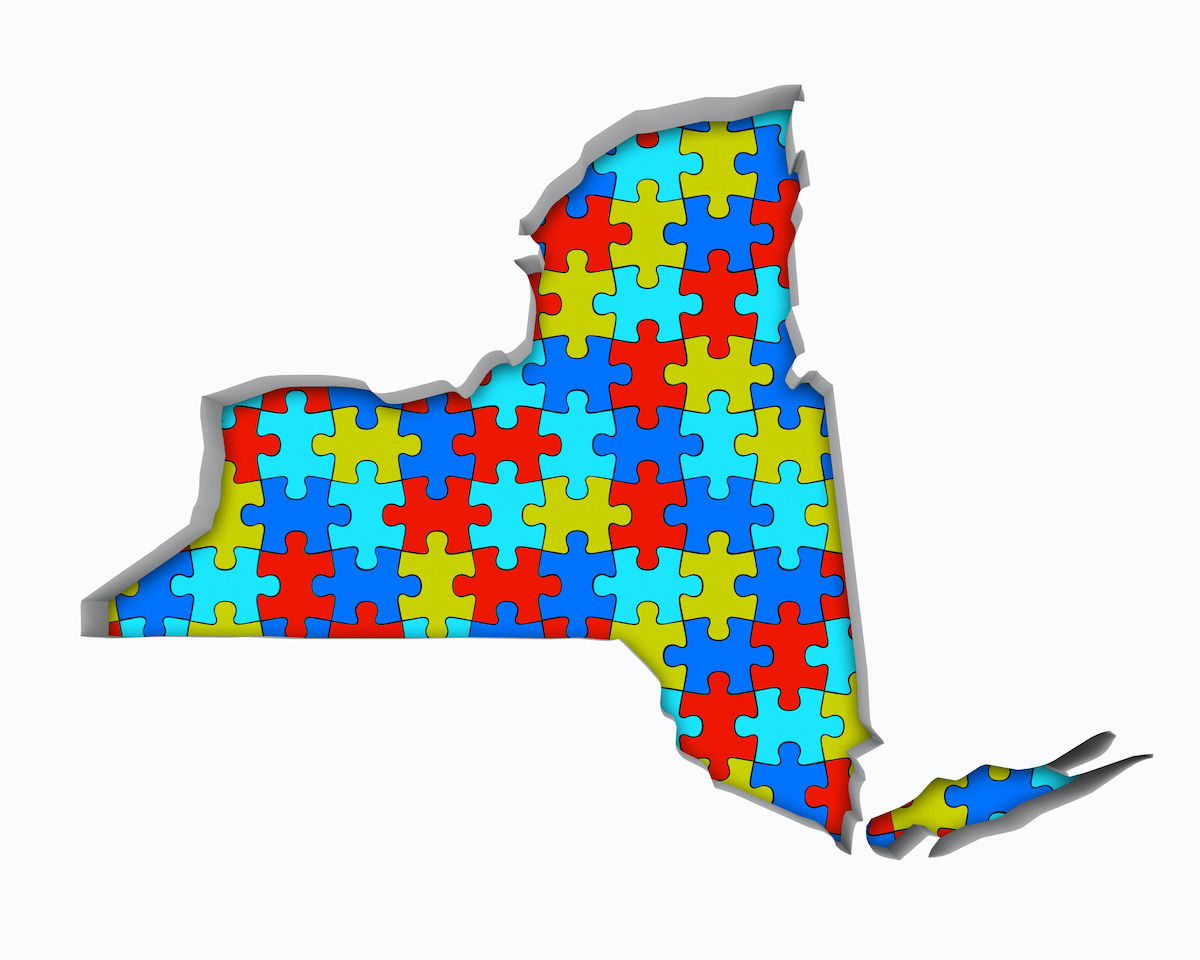
The New York State Court of Appeals will be deciding one of the most important election law cases of the decade as early as next week. Following an appellate court ruling on Thursday finding that the state’s recently enacted congressional plan was a partisan gerrymander, the Court will have to decide whether to uphold two lower court decisions finding the plan to be politically motivated or to uphold the lines and permit the June primary to proceed as planned.
Congressional district lines must be redrawn every ten years following the decennial census to make all districts equally populated. In fact, New York congressional districts cannot vary from the ideal district population of 776,971 by more than one person for each of the state’s 26 new districts.
Following enactment of a new state constitutional amendment in 2014, the state shifted from having the state legislature alone draw the lines to having an advisory commission, (the “Independent Redistricting Commission”) draw maps for the legislature to consider and enact into law. The Commission was tasked with sending up to two separate sets of maps to the legislature for consideration. After the legislature rejected the first commission maps, the Commission failed to use its opportunity to submit a second set of maps, leaving the legislature free to create its own maps.
In early February, the legislature passed and Governor Hochul approved new maps for the senate, assembly, and congressional districts. Within a day, the plans were challenged in state supreme court in Steuben County. In late March, Judge Patrick McAllister held that the legislature didn’t have the authority to pick up from the commission’s failure to submit a second set of maps. He also found that the congressional plan was impermissibly drawn to favor electing more Democrats than Republican. He ordered the legislature to enact new plans with bipartisan support by April 11th.
Instead, the state defendants (including the Governor, Assembly Speaker, and Senate President Pro Tem) obtained a “stay” order from the Appellate Division, thereby putting a hold on enforcing the judge’s order. The “stay” enabled candidates circulating petitions for the June 28th primary to continue their campaign efforts.
On April 20th, five state appellate court judges heard arguments by lawyers for the Republican plaintiffs, the Governor, and Democratic state legislative leaders on why the new maps should either (1) be permitted to be used for this year’s elections or (2) invalidated and replaced with new maps.
On April 21st, the appellate court, on a 3-2 vote, decided that the legislature had the power to enact new maps. That enabled the new assembly and senate maps to be used in this year’s election and in every election through 2030. The court, however, also found that the new congressional plan was an impermissible partisan gerrymander drawn to favor electing more Democrats than Republicans. It directed the state legislature to enact a new congressional map by Saturday, April 30. Democratic legislative leaders immediately filed an appeal with the state Court of Appeals. The high court will hear arguments on the case on Tuesday, April 26. A decision is expected shortly afterwards
In its April 21 decision, the appellate court held that the Democratic Assembly and Senate majorities enacted the congressional plan without input from the Republican minority parties. Moreover, it found that the map discouraged competition and favored Democrats in violation of a new state constitutional criterion that new maps “not be drawn to discourage competition or for the purpose of favoring or disfavoring incumbents or other particular candidates or political parties.”
The two dissenting justices pointed out that the expert testimony presented by the Republicans and relied on by the majority was “insufficient to establish unconstitutional partisan intent” beyond the reasonable doubt standard required by the courts. They also faulted the majority over relying on the testimony of the Republican expert who had neglected to balance his criticism of partisan favoritism against other state constitutional criteria, including the need to create compact and contiguous districts, reach population equality, consider minority voting rights, keep communities of interest intact, and consider taking the core of existing districts into consideration.
The redistricting fight continues in Albany on Tuesday, April 26 in the Court of Appeals. In past redistricting-related decisions, the Court of Appeals has rejected challenges to redistricting plans, holding that plaintiffs must demonstrate that not only did a redistricting law depart unnecessarily from the state constitutional rules, but that the legislature acted in bad faith in dealing with the conflicts between some constitutional rules and others.
We will look to the Court of Appeals next week to tell us if the new congressional plan passes muster based on past precedents, or whether, this new set of judges, with a new constitutional amendment before it, would order a new map.
In case a new map is ordered, Judge McAllister has already appointed Carnegie-Mellon University’s Jonathan Cervas, a redistricting expert, to draw the new map.
Jeffrey M. Wice is an Adjunct Professor/Senior Fellow, New York Law School










